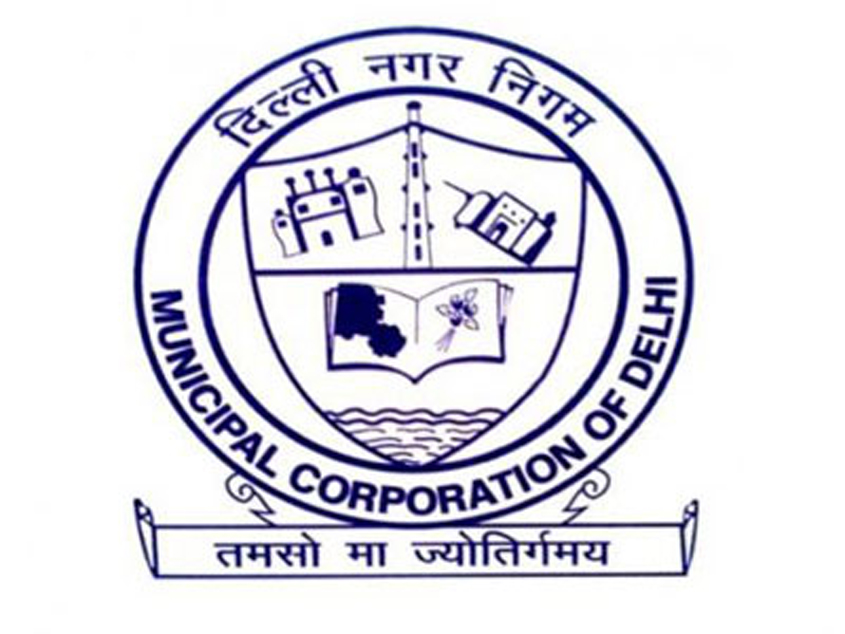According to sources, councillors and ticket aspirants are more concerned about the new shape of their respective wards as the Delhi State Election Commission is in the process of changing the boundaries of the three municipal corporations, East, North and South. There is also uncertainty over a particular ward being reserved for women.
The delimitation exercise is being carried out keeping in mind the increase in population — from 1.34 crore in 2001 to 1.64 crore in 2011. The average population of each is likely to be around 60,000. However, there will be no change in the number of wards. The three corporations together have 272 wards for which elections are scheduled to be held around March next year. In the last elections, BJP had got a majority in all the three corporations.
“We were discussing the idea of unification till some time back. Some state unit leaders had even written to Home Minister Rajnath Singh in this regard. There is a feeling among the BJP leaders that the unification, which was done just before the last corporation elections in 2012, has been of no use. In fact, things have deteriorated after that. However, all this is gone. Now, everybody is concerned about what will be the shape of the new wards so that necessary preparations can be done to win the elections,” said a senior BJP leader.
“Moreover,” he said, “for unification, we will also need the support of the Delhi government.” “Even if we decide to unify the corporations, who will talk to the Aam Aadmi Party (AAP) government, which is always at loggerheads with us?” he added.
The BJP had, in February 2014, constituted a committee, headed by Nand Kishore Garg, to review the case of uniting the three municipal corporations. The committee had held meetings in this regard and conveyed its inputs to the party leadership. The “broad view” of the members was that the three corporations should be merged.
The financial health of the two corporations — East and North — has not been good, though the condition of South Delhi Municipal Corporation is better. No significant projects could be taken up in the capital for over four years. The trifurcation created conflict in resource allocations. Many projects could not take off as they were approved during the unified MCD days. There was no clear roadmap to address these issues after trifurcation. There have also been complaints about employees not being able to get pension post the trifurcation.

